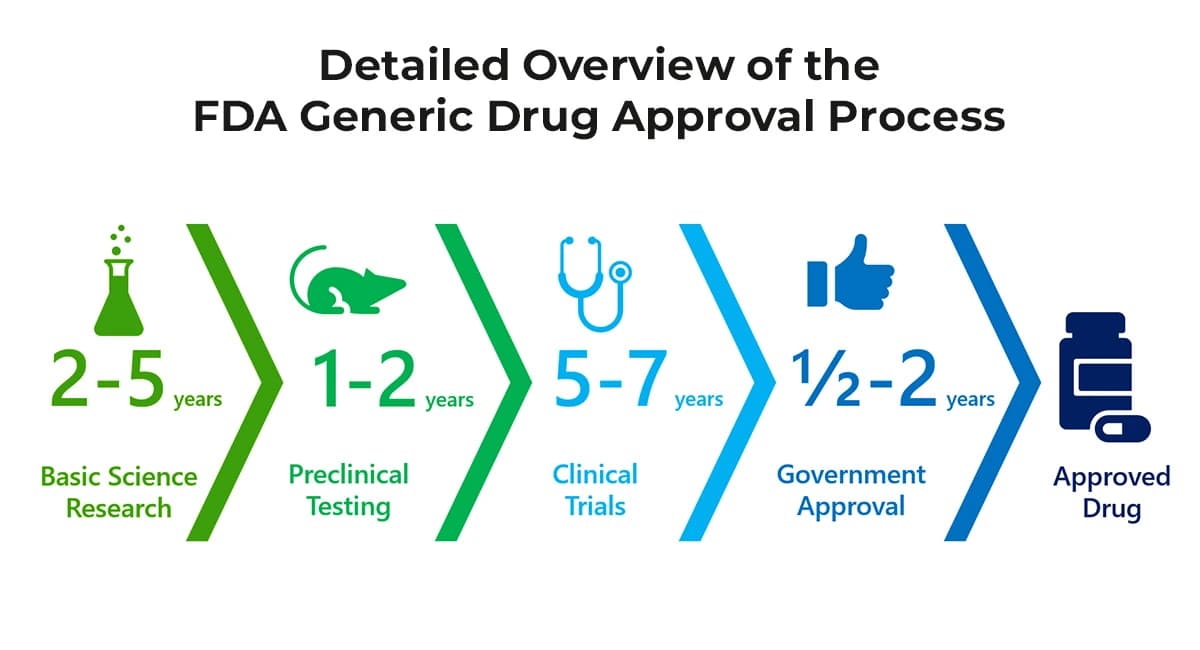FDA launches pilot to speed drug review clarifications, aims for faster answers
The U.S. Food and Drug Administration announced a pilot program today that lets drug sponsors submit a single clarification question by email after formal agency meetings, with staff aiming to reply within three business days. The initiative is intended to reduce development delays and improve regulatory communication, a change that could affect how quickly new treatments reach patients and how equitably companies can navigate approvals.

The Food and Drug Administration said on November 19, 2025 that it has launched a pilot program run by the Office of New Drugs to accelerate responses to follow up questions from drugmakers after formal agency meetings. Under the program sponsors may submit one clarification question by email and FDA staff will aim to respond within three business days. The pilot began in October and, according to the agency, has already produced several clarifications for sponsors wrestling with technical regulatory details.
Regulatory meetings between the agency and drug developers are a routine part of the development process, but the period after a meeting can be marked by uncertainty as sponsors wait for formal written guidance. That uncertainty can ripple into clinical trial design decisions, manufacturing plans, and investment choices. FDA officials framed the pilot as a way to tighten communication and reduce unnecessary delays that can extend development timelines and raise costs.
The initiative arrives as drug development timelines and regulatory capacity remain central policy issues. Faster, more predictable answers from the agency could shorten the time it takes for promising therapies to progress through trials and regulatory milestones, with direct implications for public health. Patients with serious or rare conditions often depend on accelerated movement from early trials to broader access, and delays in clarification about endpoints or study design can slow those advances.
The program also raises questions about equity across the research ecosystem. Smaller companies and academic sponsors frequently operate with fewer regulatory staff and less internal capacity to interpret ambiguous guidance. Clear and rapid agency replies could level the playing field by giving those organizations the clarity they need to proceed efficiently. At the same time limiting each submission to a single question may privilege sponsors who can distill complex issues into one narrowly framed query, potentially disadvantaging those with less regulatory experience.
FDA Commissioner Marty Makary said the initiative is "designed to give sponsors prompt, clear feedback and could be expanded to other parts of the agency." That potential expansion would require careful planning, both to preserve the quality of review and to avoid creating new inequities in access to rapid responses. FDA capacity is finite, and scaling the model across centers would mean staffing adjustments and new performance monitoring to ensure timeliness does not come at the expense of thoroughness.
Public health advocates and policy experts will be watching how the pilot is evaluated. Key metrics will likely include the number of clarifications provided, the types of questions that fit the one question rule, and any measurable effects on development milestones. Transparency about who uses the service and how decisions are prioritized will be important to reassure the public that the process serves patient needs rather than merely expediting sponsor timelines.
As the agency tests the pilot, the broader debate over regulatory modernization and investment in government expertise continues. Faster regulatory communication has the potential to reduce barriers to innovation and speed patient access to treatments, but it must be pursued alongside deliberate efforts to ensure equitable access, sufficient review capacity, and accountability to the public health mission.


